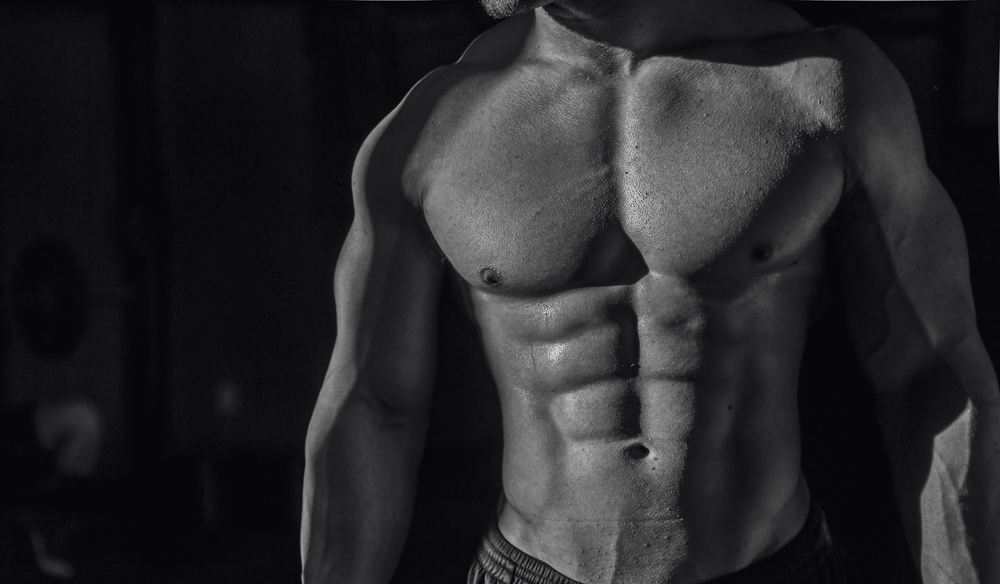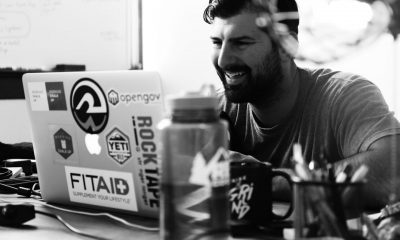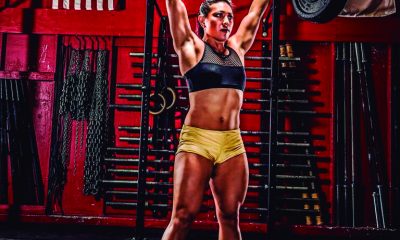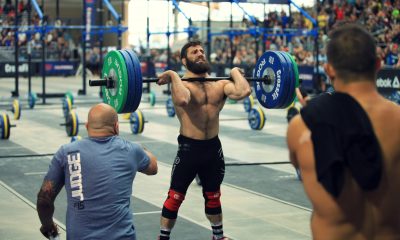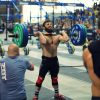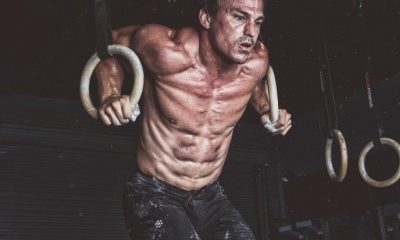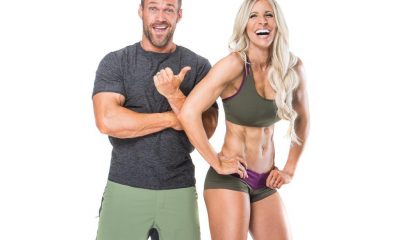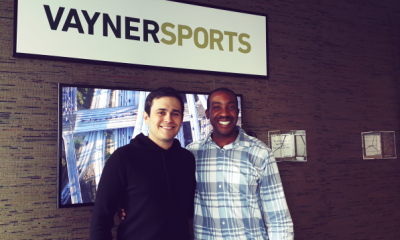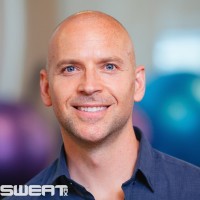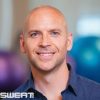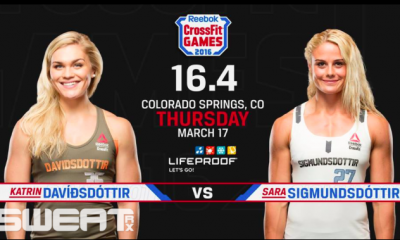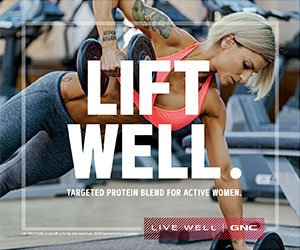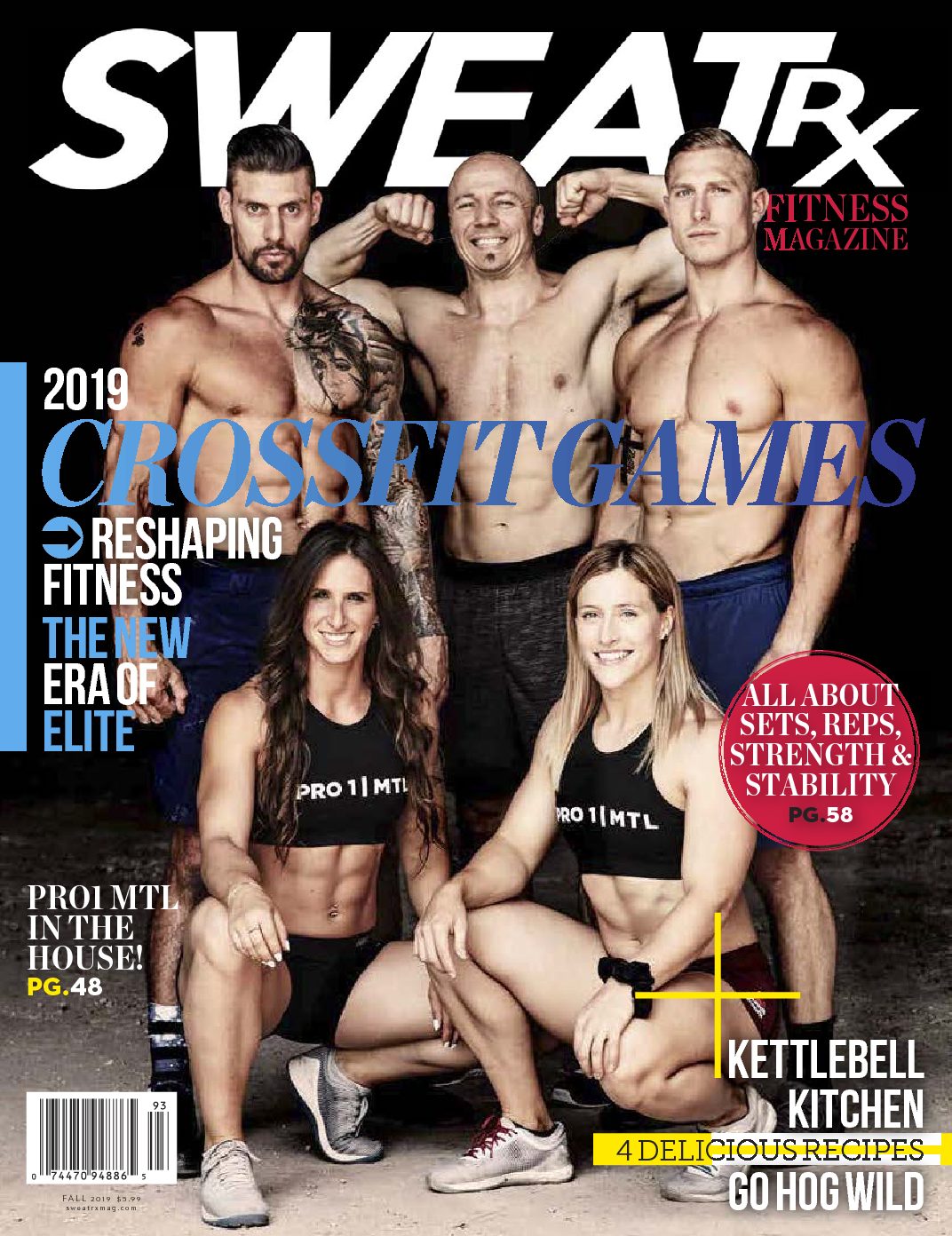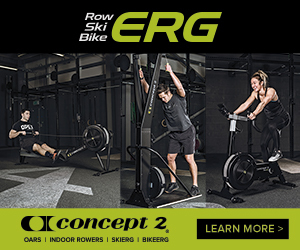Inside Sweat RX
Core Essentials
Core
Trade in your 6-pack for a set of functional abs!
It can help to use an analogy when thinking about your core. Your core is like the foundation of a house. If the foundation is solid, then the house that sits upon it will stand tall. If your core is solid, then your body will perform at its highest level both inside and outside of the gym. If the foundation is cracked, then the house will crumble over time. If your core is weak, then your body will break down, leading to injury and lost training time.
The core is often thought to be only the abdominal muscles; technically, it is composed of all the muscles between your hips and shoulders. Some of these muscles, such as the rectus abdominis and hip flexors, may sound familiar, but who’s heard of their transversus abdominis or erector spinae muscles? Even these less-familiar muscles deserve proper attention when training your core.
Having a strong core has numerous benefits. Athletes will see improved performance and decreased rates of injury. CrossFitters will see improved technique, strength gains, and decreased WOD time. Average people will see improved quality of life, body composition changes, and increased energy levels. The key to these improvements can be found in the increased efficiency of movement derived from a stronger core. This in turn leads to better body control and coordination.
The key to training core muscles is understanding their role and how they function. Most of these muscles are designed to eliminate unwanted movement. If you only train these muscles to flex, they’ll be unable to handle the stress of an overhead squat, which require tremendous midline stabilization. When performing core-to-extremity movements (think of any athletic movement), the muscles of the core must fire in a coordinated fashion and this must be controlled. There is a specific sequence in which these muscles must contract, and this is developed through proper mobility and stability training.
Mobilization and stabilization of the core should be a part of every workout, for example, through a functional warm-up. Start with some form of cardiovascular exercise. Then begin activating your core through dynamic stretching. Choose exercises that will target the muscles you’ll use in your workout. On leg day, work the muscles of the hips (the hip flexors, glutes, hamstrings, and quads) before starting those heavy backsquats.
2 exercises to fire up your 6-pack:
In the Hollow Rock, lie supine on the floor with arms stretched overhead and legs out straight. Raise the arms and legs about one foot off the floor and assume the shape of a rocker on a rocking chair; then slowly teeter back and forth. A seemingly innocuous little exercise, the Hollow Rock is a staple of gymnastics conditioning and is excruciatingly challenging when done correctly.
The L-Sit may be the most effective abdominal exercise. It is performed by supporting the body entirely with the arms and holding the legs straight out in front. Athletes who have developed their L-Sit to the extent that they can hold it for three minutes subsequently find all other ab work to be easy.


